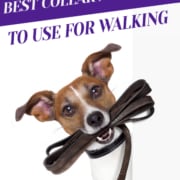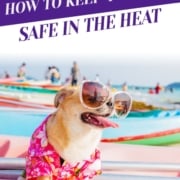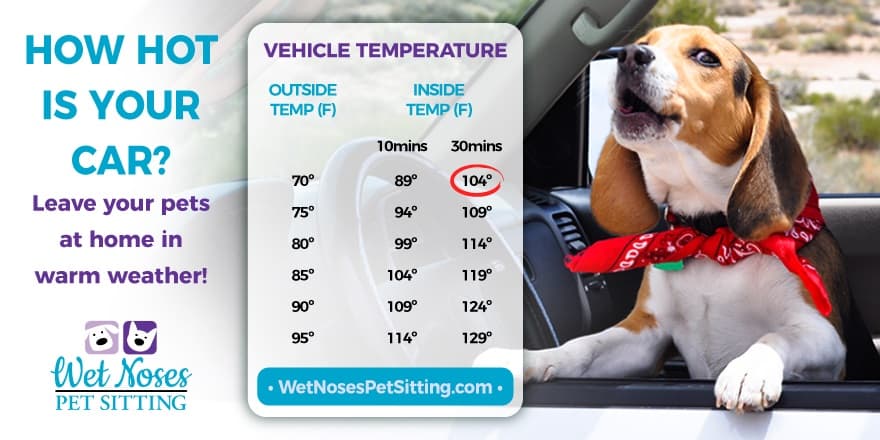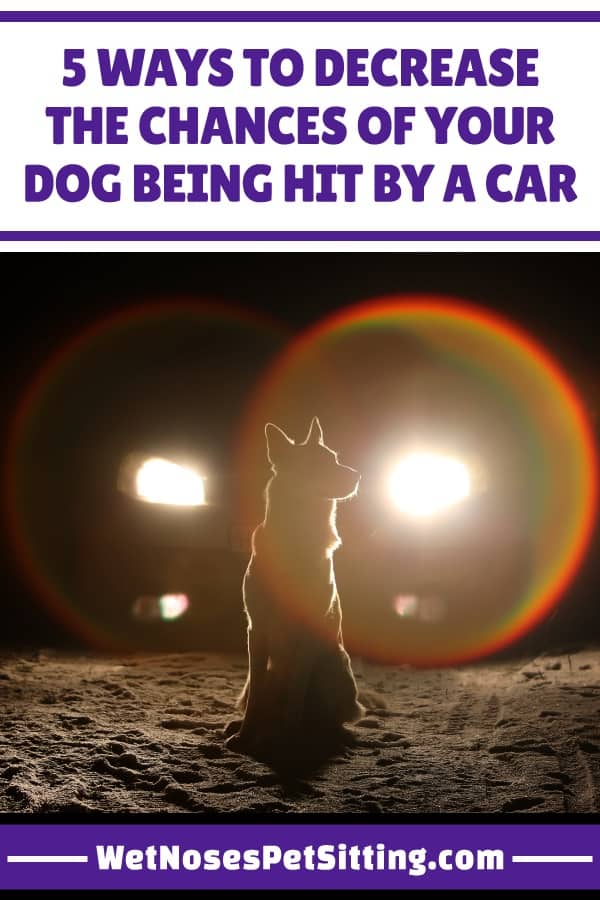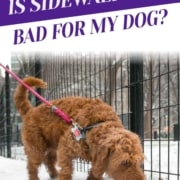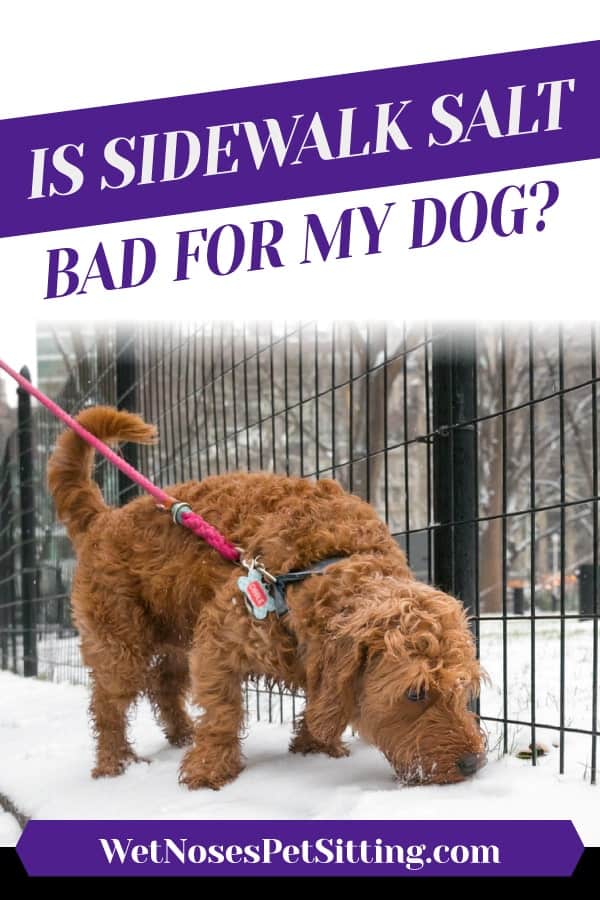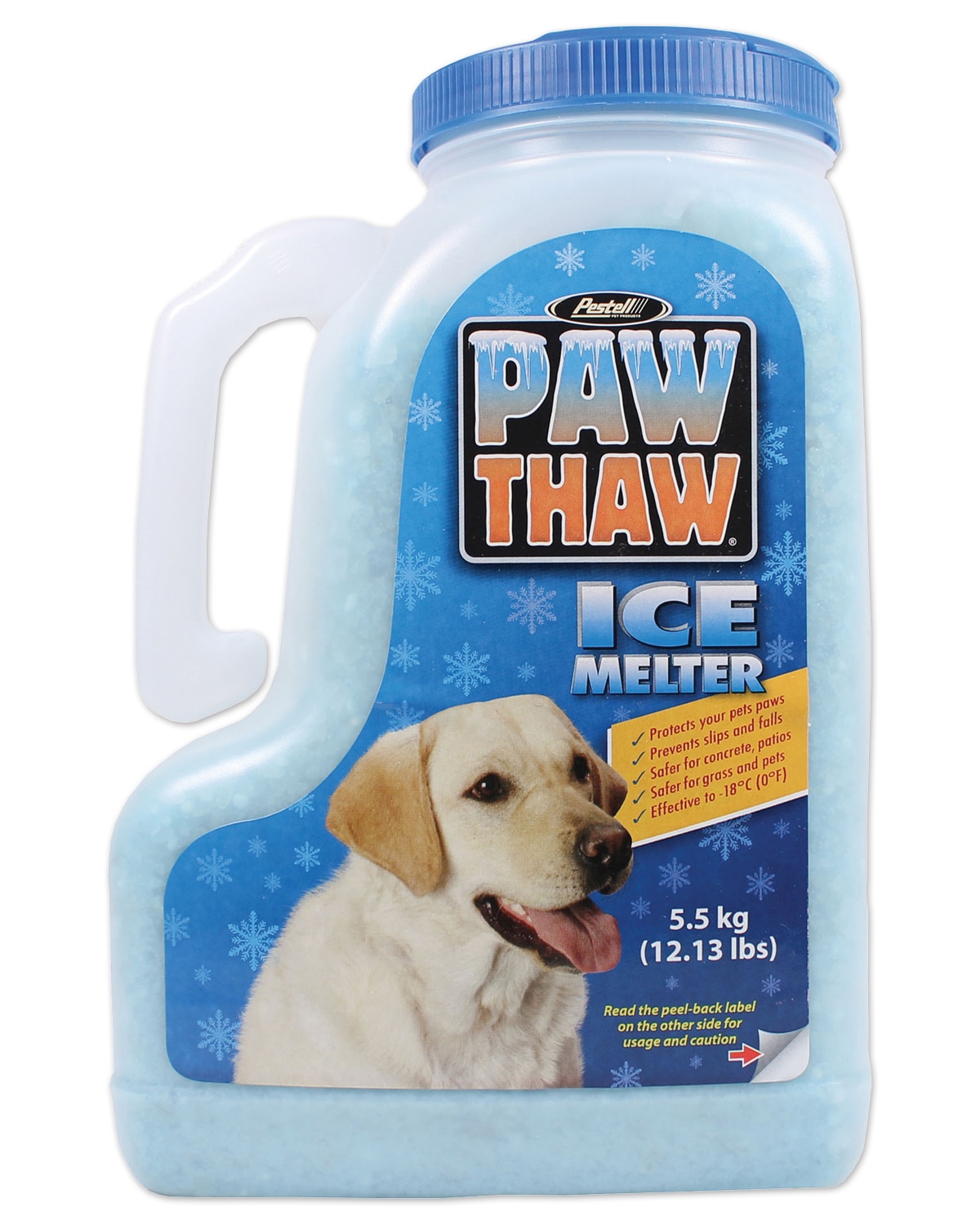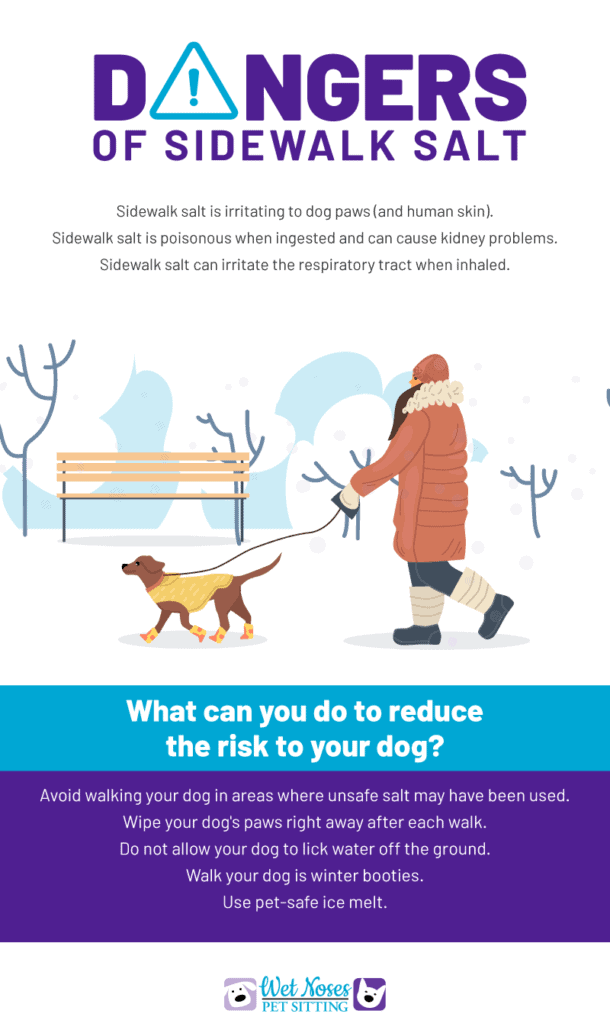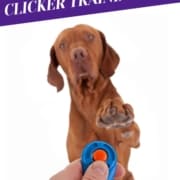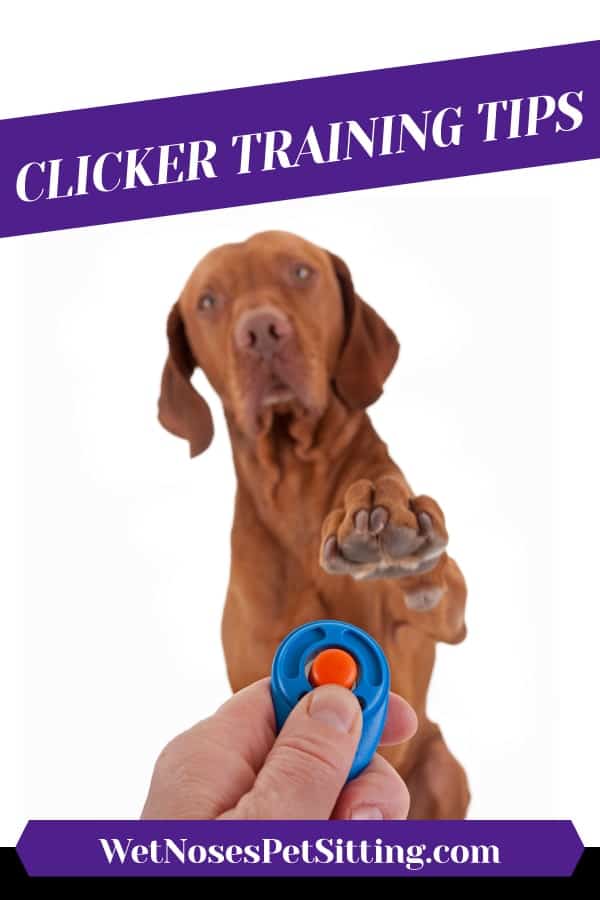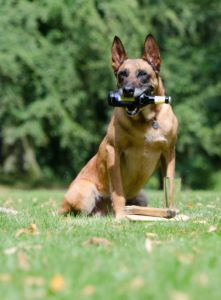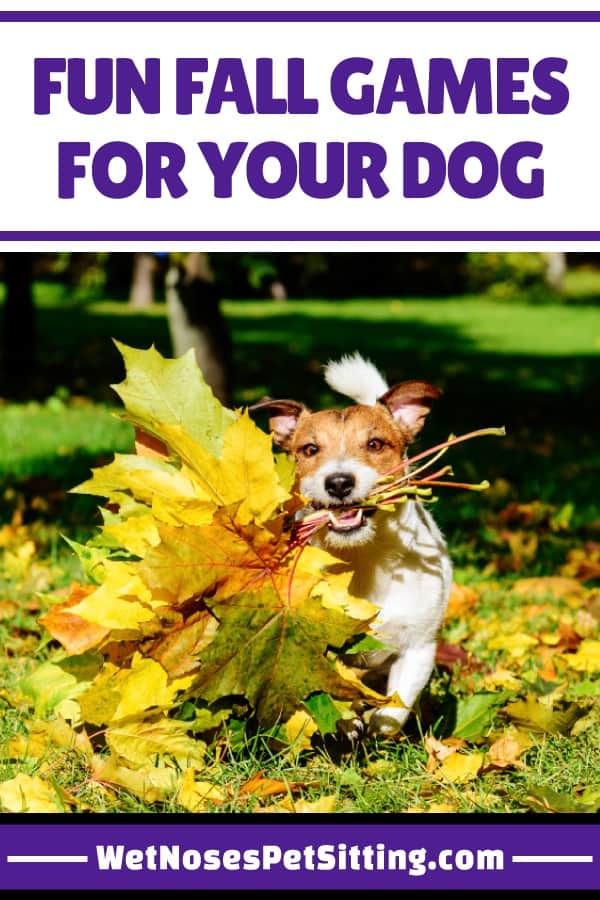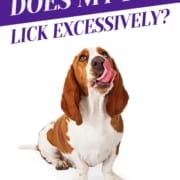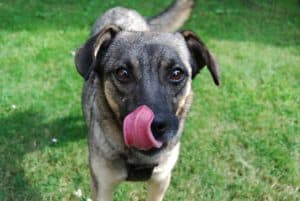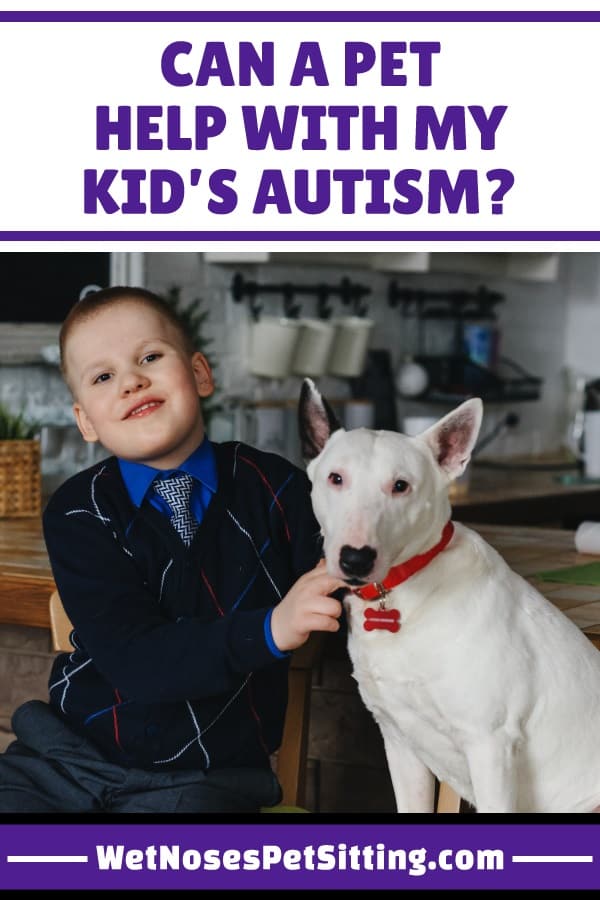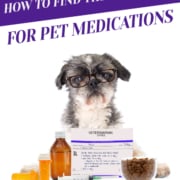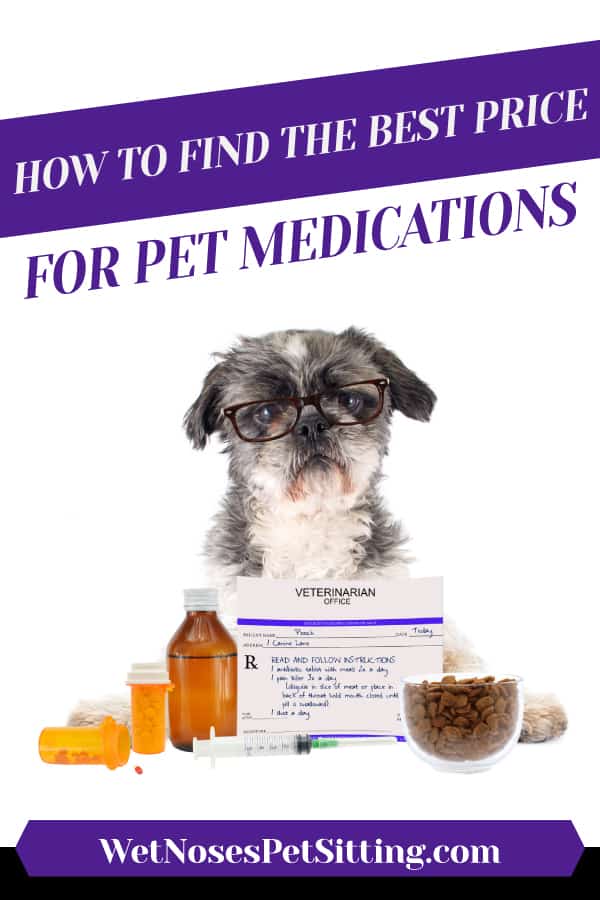Best Collar and Leash to Use for Walking
The long sunny and warm days of summer are always inviting. You may find yourself walking your dog more frequently and longer while the sunlight lingers long into the evening hours. Taking your dog for walks is not only healthy, it is a fun way to bond with your pup pal. However, the bonding and fun could be cut short if you’re busy fussing over the wrong sized leash and collar.
At the pet store, the huge aisle of leashes and collars can be pretty confusing. That’s why we have a great list for you to deter the best collar and least to use while walking your dog.
-
Collars & Harnesses:
Standard Flat Collar
A standard collar that works for most dogs. It’s important to continue to check the size of the collar as your dog grows or gains/loses weight. You should be able to slip two fingers under the collar comfortably. This is not the best choice for dogs with long or large necks like Greyhounds or Whippets.
Martingale
The Martingale collar adjusts itself when the dog pulls on the leash. It works great for dogs that tend to pull during walks. It tightens just enough that the dog won’t slip out, but doesn’t choke or harm their neck. These are perfect for dogs who tend to get excited by every sight (SQUIRREL!) and sound.
Harness
The harness is perfect for breeds that have pushed in faces Ppugs), trachea issues (Pomeranian), or long slender necks (Italian Greyhounds). It avoids putting pressure on their necks allowing them to walk more freely. The main draw back is that harnesses can promote pulling in some dogs.
AVOID:
Choke collars and prong/prick collars
-
Leashes:
Standard Leash
What is great about the standard leash is that it is also a versatile leash. You can opt for nylon, leather, or chain and they all work about the same. The best thing to remember about this type of leash is to get the right size. If you have a small dog, then a smaller lighter leash will work better than a heavy one. For a dog that chews, try the chain leash. If you walk a lot around dusk or at night, get a nylon leash with a reflection element.
Retractable
Some walkers swear by the retractable leash because it allows the dog to roam freely. However, there are some draw backs. It offers little control, meaning your dog can dart off without much warning, ripping the handle right out of your hand. Even worse, they could get into trouble while on the leash. If there is a dangerous animal, like a snake, in a shrub you won’t be able to pull them back as effectively with a retractable leash.
Slip Lead

This is like the Martingale collar, but with a leash attached. It is great for training dogs to stand by your side while you’re walking. The slip allows for safe corrections while still enjoying your walk.
There are a lot of choices out there when deciding on the best collar and leash you need for your dog. We are always here to help sort out the details. Give us a call if you want to know the type of collar and leash we would recommend for your dog.

